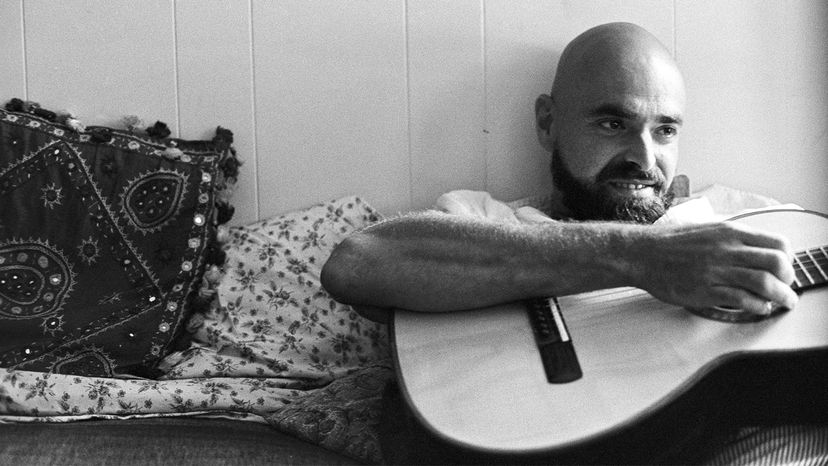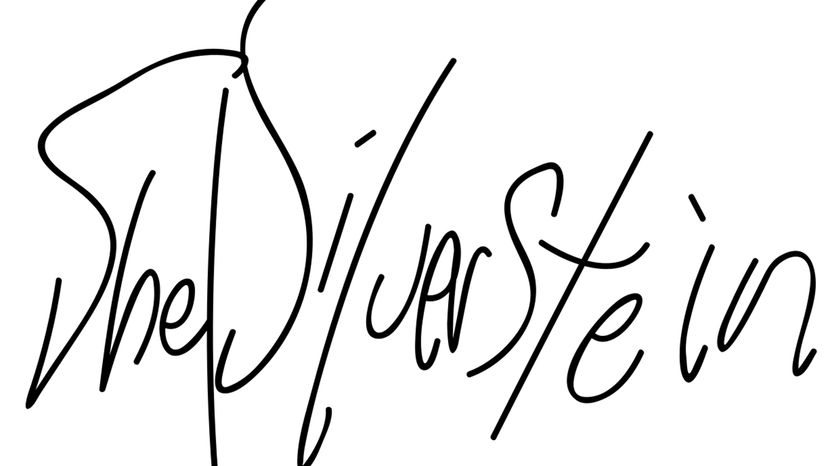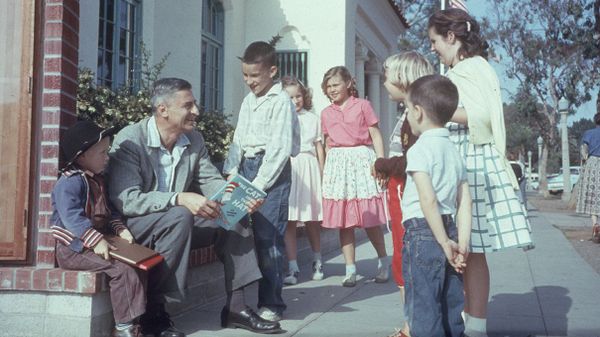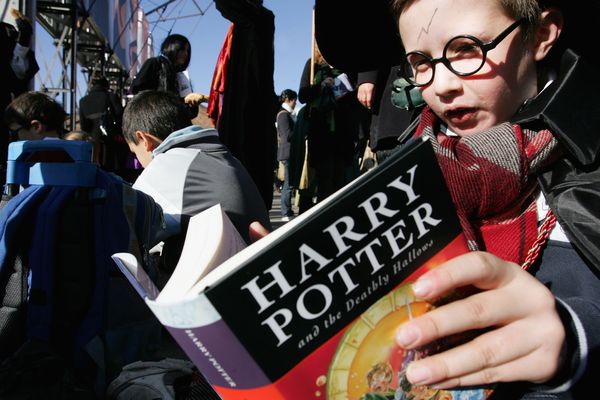
In the evenings, around closing time, a man with a very bald head and a very dark beard used to come sloping into the Mysterious Bookshop in New York City, his shoulders hunched as though warding off a perpetual cold wind. The proprietor, Otto Penzler, had come to expect these visits. Indeed, he looked forward to them. He closed up the shop and guided the man back to his inner sanctum, a book-lined study with floor-to-ceiling shelves.
There, the bearded man would deliver a sheaf of papers containing a new, freshly penned mystery story to be added to the anthology that Penzler was publishing. The writer refused to take any money for his efforts, even though Penzler was paying well. He craved a different compensation. His eyes gleamed as Penzler slid his payment across the desk between them. It was a stack of used books containing dozens of stories written in the mystery genre. Later that night, he would devour them one by one.
Advertisement
Then Penzler and the bearded man would talk. And talk. They talked about books, about life. Otto Penzler was just recovering from a devastating breakup and so they spoke about that at length. In a recent phone interview for this article, Penzler remembered that at a certain juncture, his guest said something so piercingly insightful and eloquent about the breakup that it took his breath away. "I wish," says Penzler, "that I could remember what he said, but I failed to write it down. What I do remember is that when I expressed my amazement at his facility with words, he just shrugged and said, 'I guess that's why they call me a poet.'"
He could have added, "among many other things," because Shel Silverstein, famously bald and bearded, was a true Renaissance man. Of course, many of us, maybe most of us, know him as the author and illustrator of "The Giving Tree," "A Light in the Attic" and "Where the Sidewalk Ends" among many of the other wildly successful books he wrote and drew for children. But that's only the tip of the proverbial iceberg. Silverstein also drew cartoons and wrote plays for adults and penned numerous songs, especially Country songs. In fact, he won two Grammys for his songwriting, one of them for the Johnny Cash hit, "A Boy Named Sue."

Advertisement


